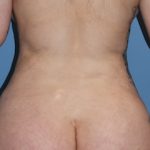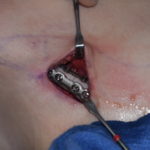The Aesthetic Significance of the Anterior Septal Angle in Rhinoplasty
The open approach is the most commonly used technique in contemporary rhinoplasty. Whether it is a primary nose or a secondary revision, the open approach provides wide access and visualization of all nasal structures. But once inside how does the plastic surgeon decide to proceed?. In the March 2017 issue of the journal Plastic and Read More…


